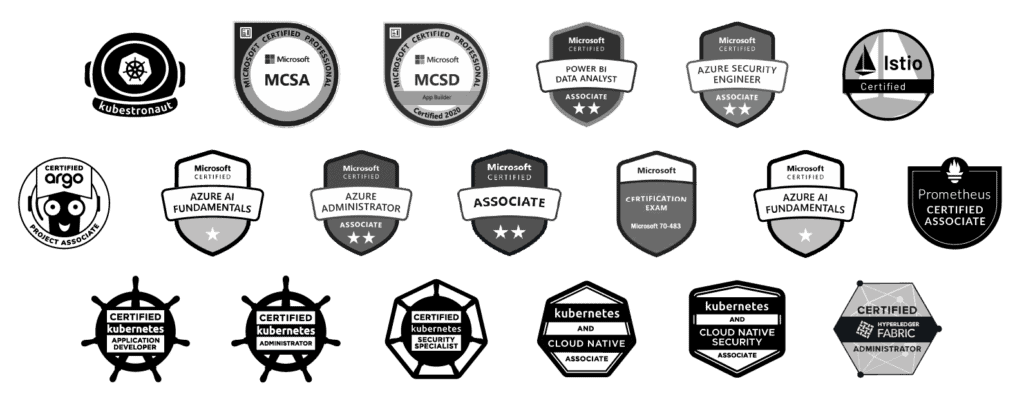What can be done to optimize performance?
Writing efficient code is the foundation of a scalable mobile application. For both iOS and Android, developers should prioritize clean, modular code that is easy to maintain and extend. Utilize design patterns like MVC or MVVM to keep your codebase organized. In iOS development, Swift offers powerful features such as optionals and closures, which can improve code efficiency and safety. On the Android side, Kotlin provides concise syntax and null safety, reducing the risk of runtime errors and enhancing app performance.
User Experience Enhancement
A scalable mobile application must offer a seamless user experience across various devices and screen sizes. Implement responsive design principles to ensure your app looks and functions well on different devices. In iOS, utilize Auto Layout and Size Classes to create adaptive user interfaces. Android developers can use Constraint Layout and adaptive layouts to achieve similar results. Prioritize a fluid and intuitive user interface to enhance user satisfaction and retention.
Scalability Best Practices
A robust backend architecture is essential for supporting a scalable mobile application. Design your backend to handle increased loads by implementing microservices architecture. Use cloud services like AWS, Google Cloud, or Azure to ensure your backend can scale dynamically based on user demand. Implement load balancing and auto-scaling to manage traffic spikes effectively. For both iOS and Android, ensure your app communicates efficiently with the backend through RESTful APIs or GraphQL.











